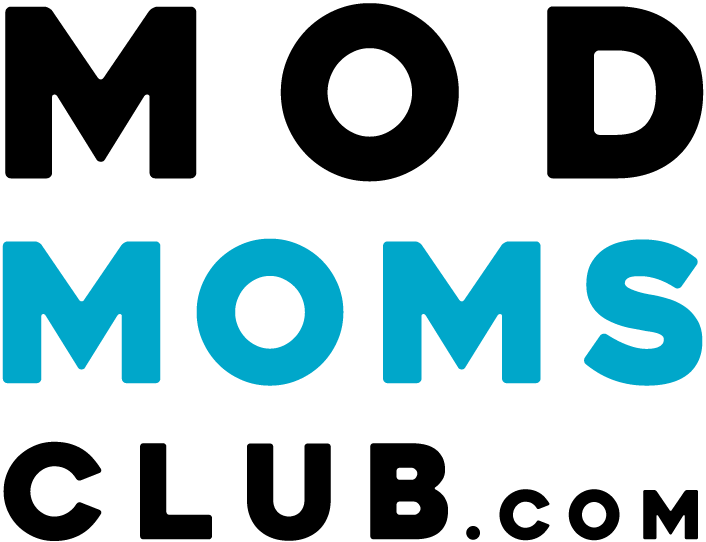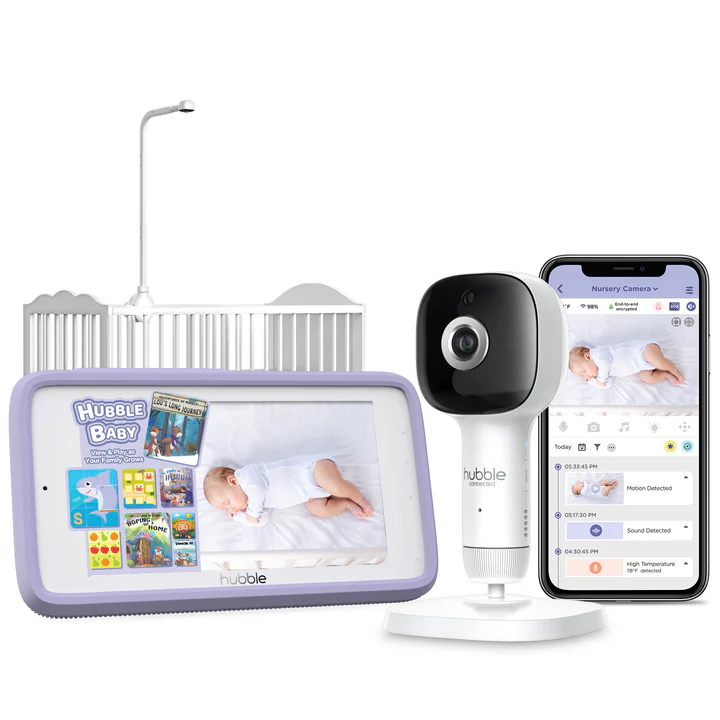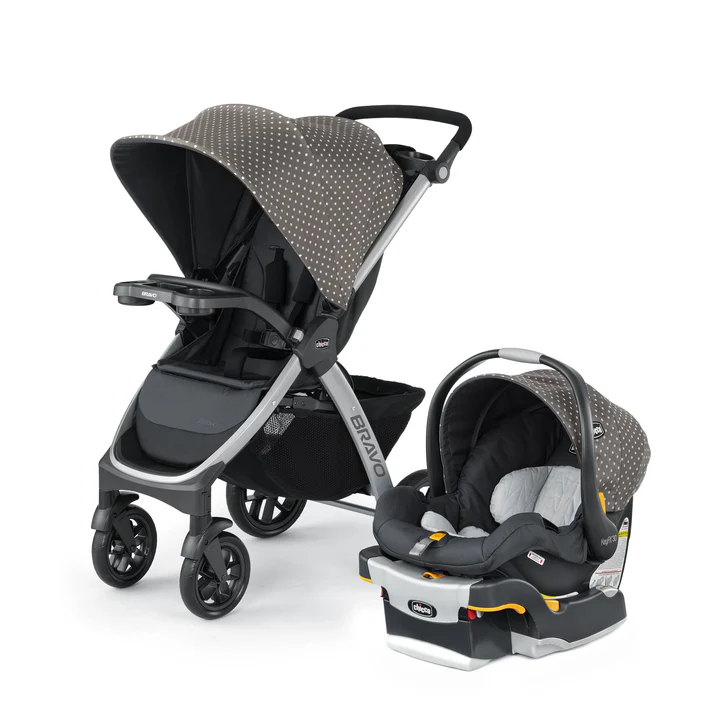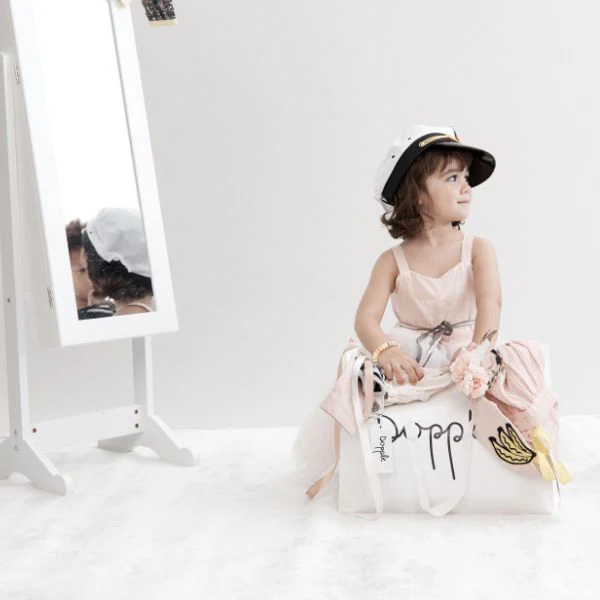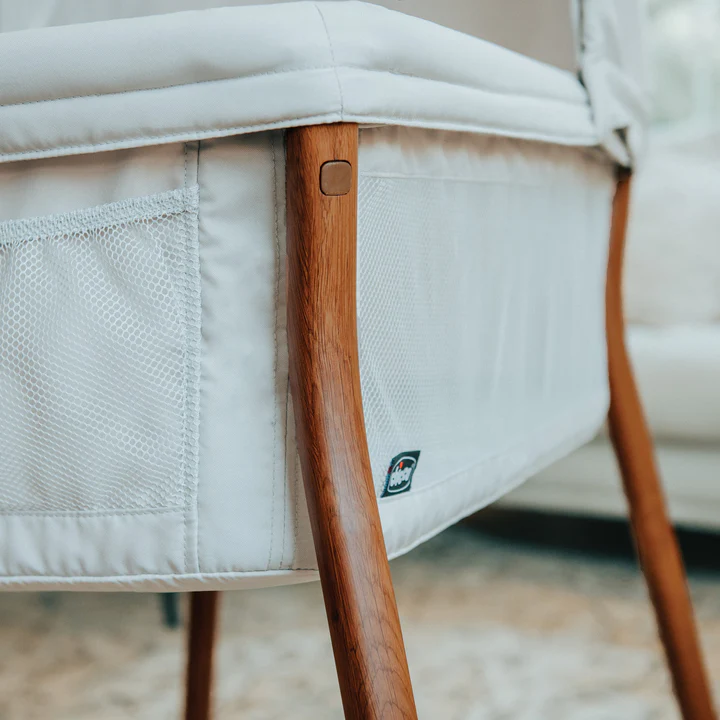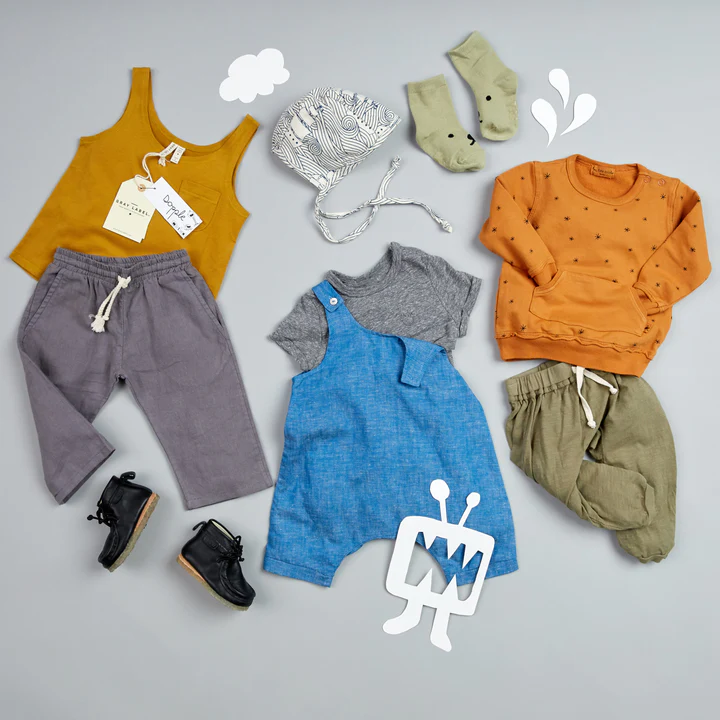Kelly Clarkson joked that she was ‘trying my best’ as a mom to two young kids, saying her daughter will ‘end up in therapy one day.’
Mod Moms Club has affiliate partnerships. We may receive compensation when you click on a link and make a purchase.
Microplastics are everywhere — from the clothes we wear to the food we eat and oceans we swim in.
They’ve infiltrated just about every nook and cranny of the environment and have even been found in human organs and tissues, such as the brain, heart, stomach and placenta, per Stanford Medicine.
But what does this mean for the human body? And, more importantly, what does it mean for our children?
RELATED: New study proves that postpartum recovery takes much longer than initially expected
According to the U.S. Environmental Protection Agency (EPA), microplastics are “plastic particles ranging in size from 5 millimeters (mm), which is about the size of a pencil eraser, to 1 nanometer (nm).”
An estimated 10 to 40 million metric tons of microplastics are released into the environment each year, according to Stanford Medicine.
While research is still limited on the health effects of microplastic exposure, many experts today are sounding the alarm on the possible implications as concern continues to grow in the health community.
And that concern isn’t limited to the plastic bottles of water we use daily — but also plastic baby bottles.
According to Dr. Tracey Woodruff of the University of California, San Francisco, plastic baby bottles are capable of shedding microplastics and nanoplastics (even smaller particles of plastic), per NBC News.
“Particularly when they get heated, such as when preparing infant formula with warm water,” she added.
In an effort to learn more about the possible health impacts of microplastic exposure, Woodruff assembled a team to conduct the first systematic review of available research — and what they found was shocking.
Not only was exposure linked to respiratory, reproductive health and digestive tract harms, but it also increased our risk of developing lung and colon cancer, according to NBC News.
How to avoid microplastics in a world full of plastic products
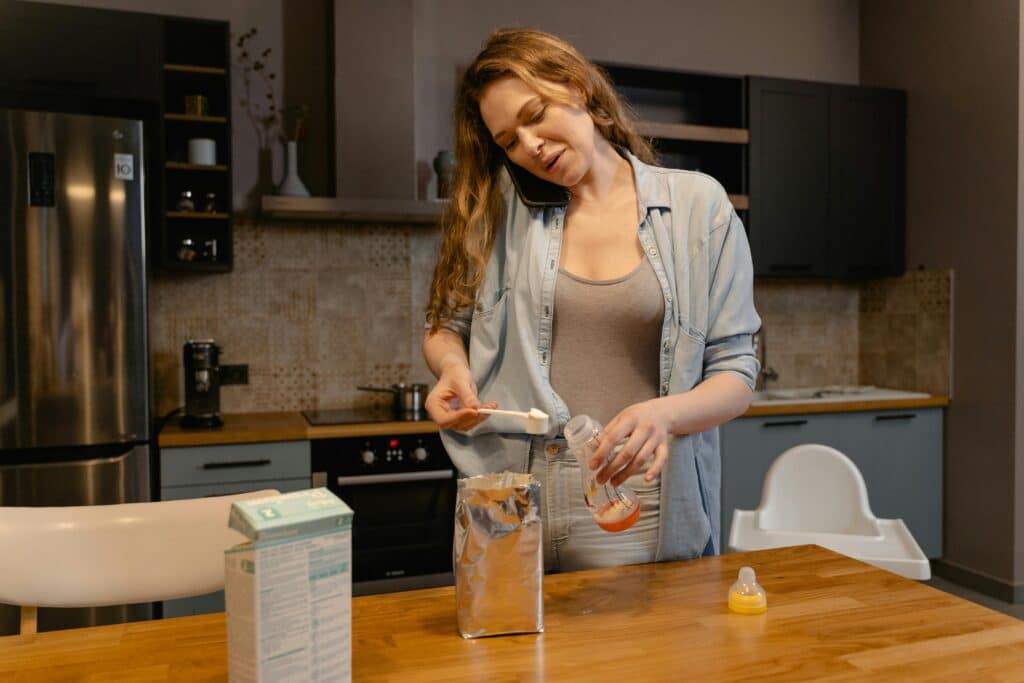
According to one 2020 study, more than two-thirds of the global baby bottle market today consists of plastic — and those bottles release between 1.3 million and 16.2 million particles per liter of fluid.
The study also estimated that an average infant consumes 1.6 million microplastic particles every day.
As for how to avoid microplastics — unfortunately, there’s no real way to fully do so in today’s society.
Not only are they everywhere, but “plastic waste can take anywhere from 20 to 500 years to decompose,” according to the United Nations.
“And even then, it never fully disappears; it just gets smaller and smaller,” the UN adds.
With that being said, the best way to avoid microplastic exposure in babies is to avoid using plastic products whenever possible — and that includes plastic baby bottles, especially when heated.
“We recommend that you don’t put heated food or drink in plastic because that can increase shedding,” Woodruff advised, per NBC News.
Woodruff further recommended that the best baby bottles are made of glass — though there are other non-plastic baby bottles available.
Making a case for using glass vs plastic baby bottles
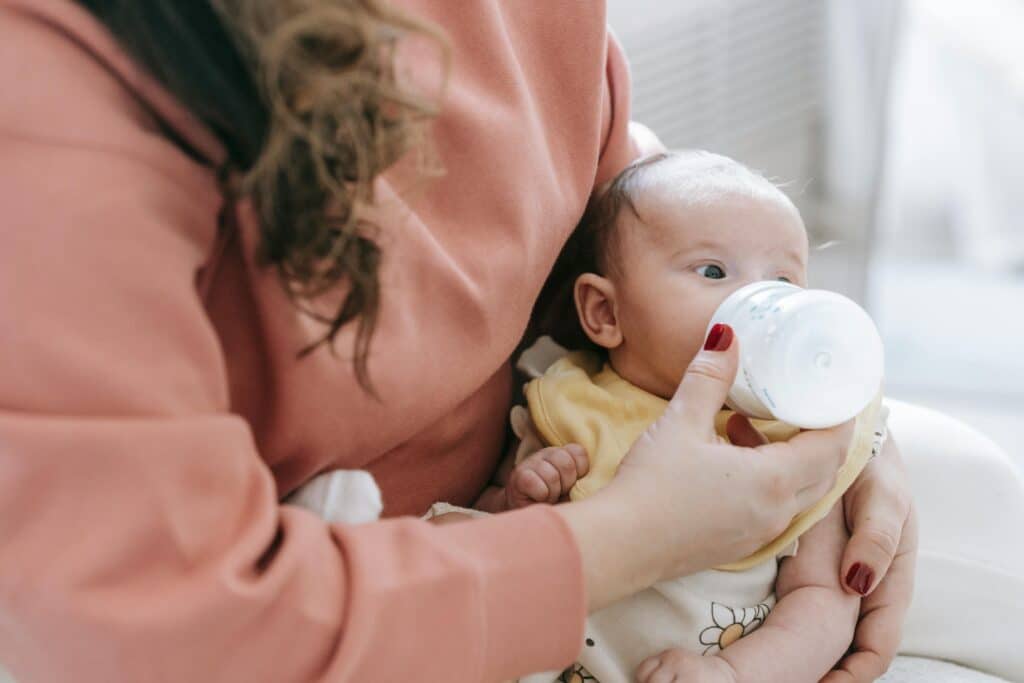
One of the biggest consumer differences between glass and plastic bottles is the price.
While many experts today agree that glass baby bottles are the safer option, many parents today opt for plastic baby bottles because they’re often cheaper, lighter and won’t shatter if they take a tumble.
And since kids are often clumsy with their baby bottles, plastic seems like the more practical choice.
But from a health standpoint, glass baby bottles won’t break down into microplastics that can potentially make their way into your child’s organs and tissues, according to the research above.
Plus, glass bottles tend to last longer (if not thrown across the room).
But even then, glass bottles aren’t the only non-plastic baby bottles parents can choose from.
According to Woodruff, she used stainless steel baby bottles for her 6-month-old son and even recommended buying glass bottles with a plastic or silicone covering as a protector.
Silicone bottles are also an option. While they also shed microplastics, research has shown that it does so at a lesser rate than plastic, per NBC News.
As for the best baby bottles on the market today, here are some non-plastic baby bottles to choose from!
5. Philips Avent Natural Glass Baby Bottles
These glass baby bottles are made of premium quality borosilicate glass, a BPA free material. They are heat and thermal shock resistant and feature a no-drip nipple design that helps prevent lost milk.
4. Mason Bottle Glass Baby Bottle DIY Kit
There’s a good chance you have some mason jars laying around. If so, this DIY kit — which includes a plastic cap, silicone slow flow nipples and a silicone sleeve — allows you to turn any mason jar into a glass baby bottle.
3. MAM Feel Good Slow Flow Premium Glass Baby Bottles
These glass baby bottles are six ounces (smaller than the one above) and are made from high-quality, temperature-resistant glass. It includes a spill-proof dust cap and can be cleaned in a dishwasher.
2. Pura Kiki Stainless Steel Infant Bottle w/ Sleeve
If you don’t like the idea of glass baby bottles, stainless steel is another excellent option. These Pura bottles feature a soft silicone travel cover and a medium flow nipple. They can also be transformed into a straw bottle or water bottle by switching the nipple — meaning it grows with your child.
1. Boon Nursh Reusable Silicone Pouch Baby Bottles
While silicone can shed microplastics, these baby bottles won’t shed as much as plastic alternatives and are made without BPA or PVC. The reusable pouches make for easy cleaning and versatile use — since they can be boiled, sterilized and frozen.
ALSO ON MOD MOMS CLUB: Why this TikToker is ditching 'modern' parenting styles to become a ‘low-maintenance mom’
Microplastics aren’t going anywhere anytime soon, but by making smarter consumer choices for your baby, you can reduce the amount of exposure your child is subject to — and that makes for a happy baby!



